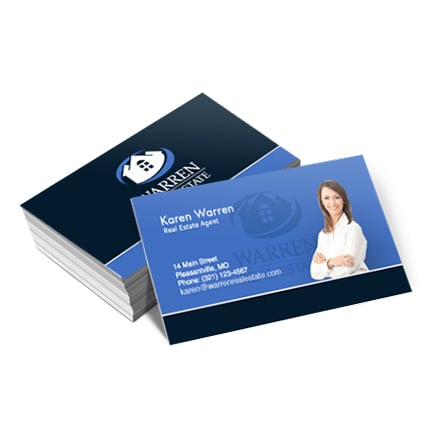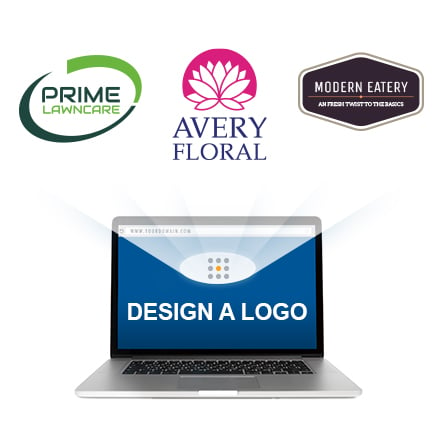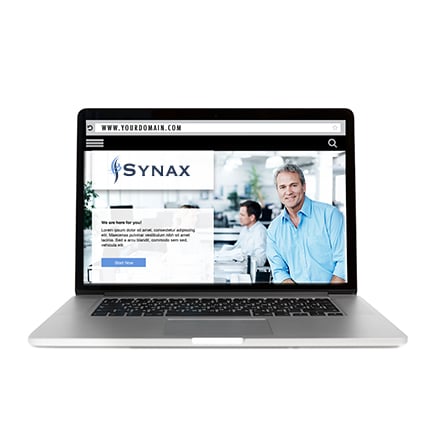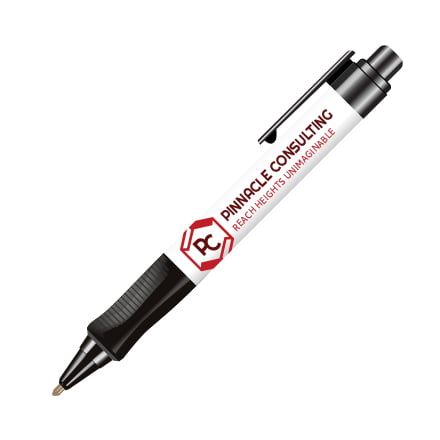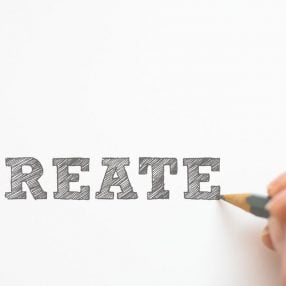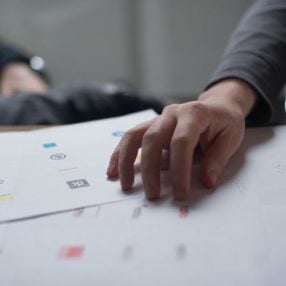Did you know that the average person makes around 10,000 decisions every day? Some of these are major decisions, but most are relatively minor: Where should I get coffee this morning? Blue or black sweater?
About 95% of purchasing decisions occur subconsciously, according to Harvard Business School professor Gerald Zaltman. Part of that subconscious decision making comes from logo recognition and brand awareness. To snag some of these subconscious buying decisions, you need a unique logo design that stands out from competition.
7 simple steps to help you design a logo for your business
1) Identify your audience
Start by understanding your company’s identity, including your target audience. Are you appealing to moms or kids, hikers or homebodies? Are you marketing your offerings to individual customers or to other businesses?
Once you identify your audience, you can develop a brand and a logo that appeals to that audience. Think about what would catch their attention.
2) Understand your differentiation
You’ll need a logo that’s different from your competitors. First, that means you have to understand what’s different about your brand. Are you cutting edge and trendy, or warm and wholesome?
Your logo design should reflect this differentiation. If you’re using an online tool to design a logo, you can customize the design in order to make the end result a perfect fit.
3) Consider rethinking your business name
Are you having trouble finding an image that matches your business name? Maybe the name you originally came up with seemed great at the time, but it now feels clunky or awkward.
You don’t have to stick with a name that doesn’t work; instead, play around with some other options until you find one that fits with your business and the logo style you’re considering.
4) Use color wisely
Much has been written about the psychology of color. According to Inc, color is a critical factor in logo design and brand development. In fact, for 92.6% of people, visual elements are a primary influence on purchasing decisions.
People form opinions about a brand, product, or service within the first ninety seconds of exposure, and most of those impressions are based on visual cues. Around 90% of that initial product assessment is related to color.
Do some research into color psychology and decide which hues would best match your brand and product. Are you trying to help people relax, or are you inspiring them to action? Your logo design could communicate energy and passion (red), thoughtfulness and optimism (yellow), or security and honesty (blue). Once you understand the effects of color, you can use it to your advantage in your logo design.
5) Keep it simple
Your customers are probably not going to sit and stare at your logo for a significant amount of time, so your logo needs to be something that they can take in quickly. Keep the words short and simple, and stick with clear, streamlined images. Too many lines and shapes can distract the viewer from your message. According to Mashable, “simple with a twist” is the way to go.
6) Reflect on a first draft
You don’t have to choose your logo on the spot. After you have designed a logo you like, take a break. Step away from your computer, get your mind off it, and then come back to it. Does it still speak to you and properly represent your brand? If the answer is yes, keep it. If not, go back and make some more edits.
7) Let it sink in
Your new logo may be exciting to you, but it may not be an instant success with your customers, especially if your business is brand new. Give your market some time. Increase their exposure to it through printing advertising such as brochures, billboards, product packaging, and other hard-copy materials. Support your brand with quality products and superior service, and your logo will become more meaningful to your customers.
Logo design is an important element of your business brand. Get some ideas for logo designs and templates with FreeLogoServices’ online logo maker. Browse hundreds of logo options for your business and customize the ones you like until you create a logo uniquely suited to your products or services.


